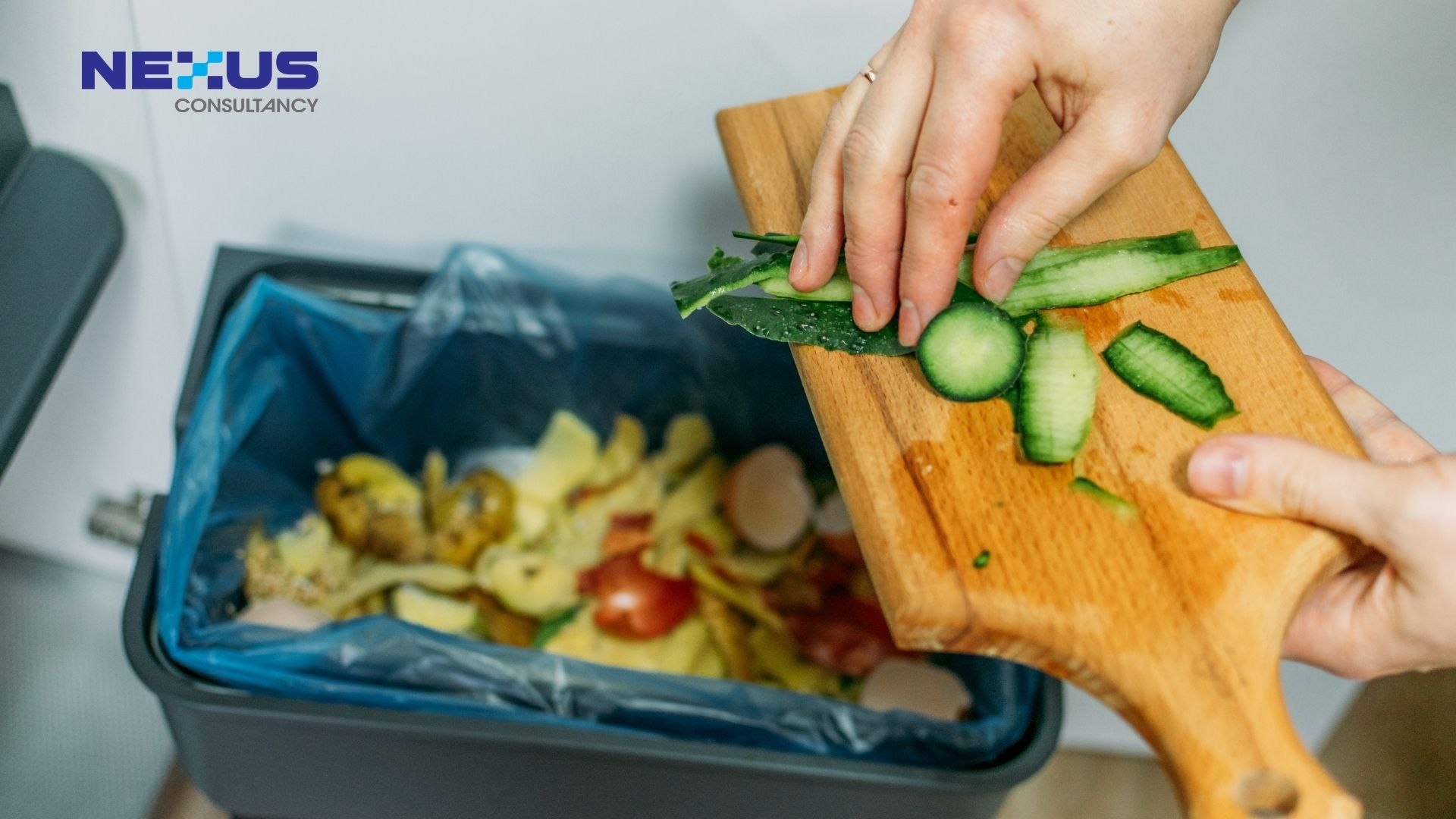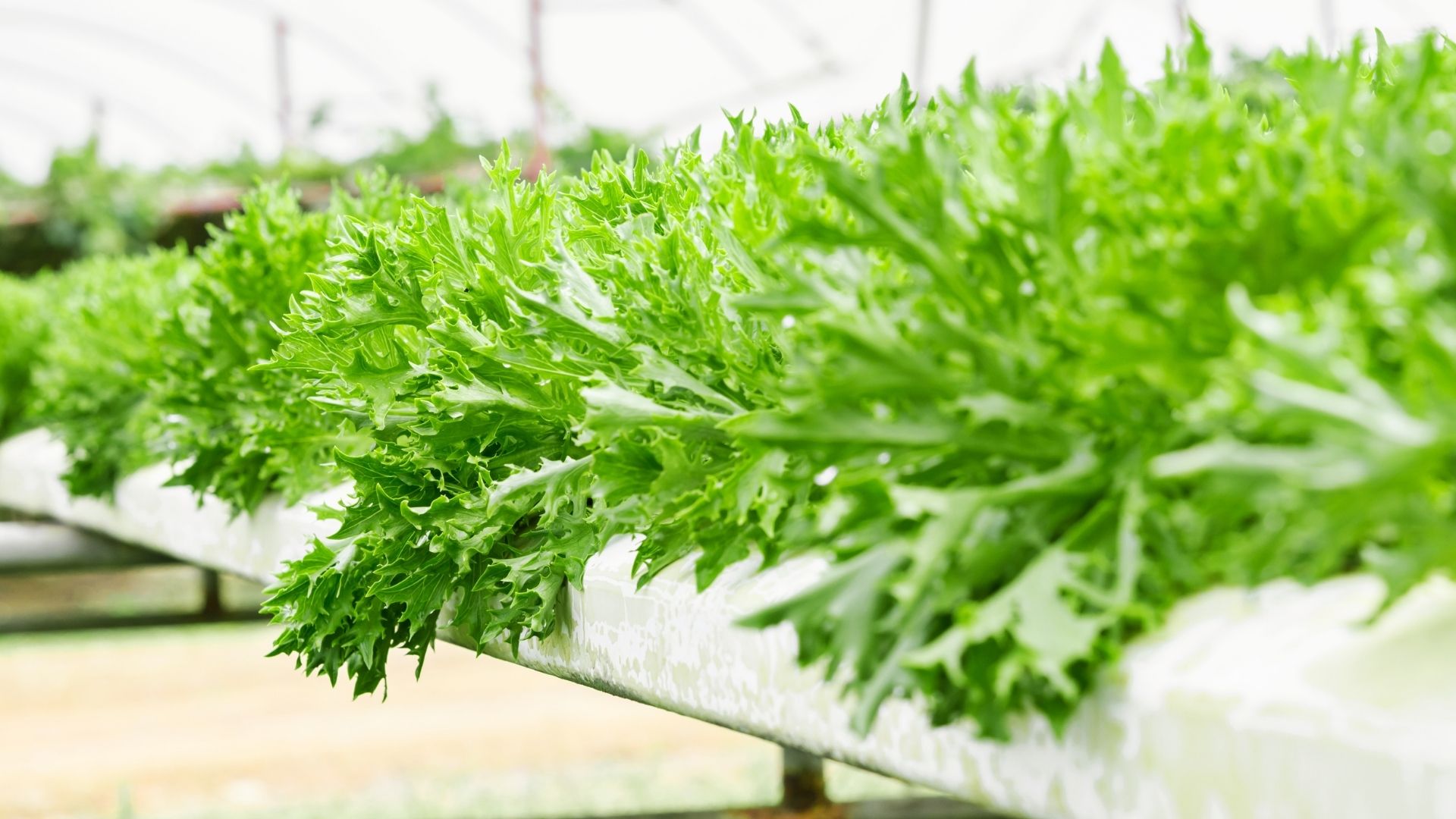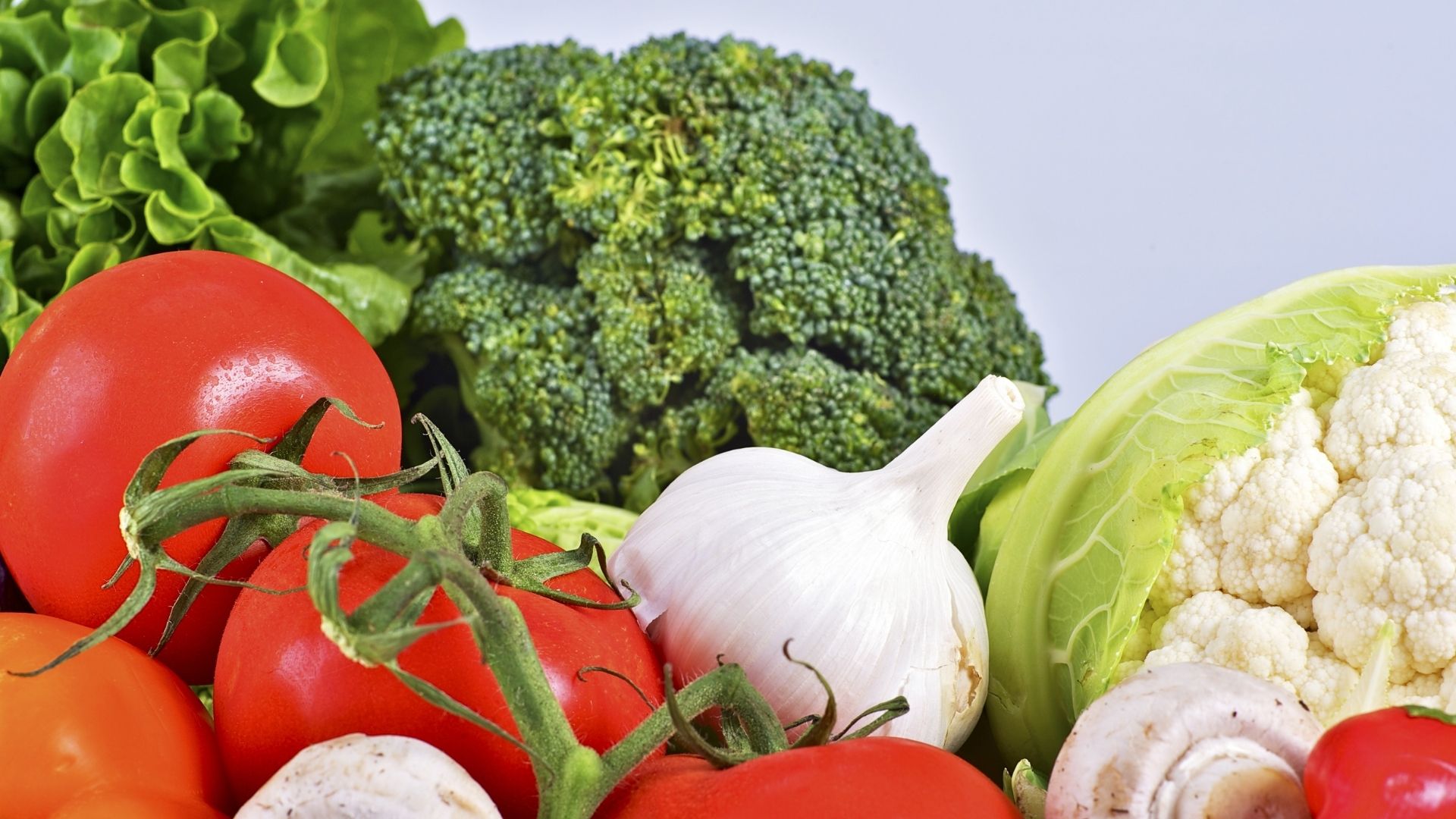
Danielle Tan
Chief Operating Officer
The ISO 14064-1 standard provides guidelines for organizations to quantify, monitor, and report greenhouse gas emissions and removals. This aims to explain the purpose and scope of ISO 14064-1, helping readers understand its importance in greenhouse gas reporting and environmental management.

With the release of FSSC 22000 version 6, a notable addition is the requirement for managing food loss and waste, outlined under clause 2.5.16. This requirement underscores the growing global concern over food sustainability and aligns with the United Nations Sustainable Development Goals (SDGs), particularly SDG 12.3, which aims to reduce food waste and losses along production and supply chains.
The terms “food waste” and “food loss” are commonly discussed in the FSSC 22000 version 6 standards, but what’s the difference between these two?
Both food loss and food waste harm businesses and the environment, but they happen at different stages. This article explains the difference between them and shares ways to reduce both.
According to the definition given by FSSC 22000 Guidance Document Food Loss and Waste, food loss occur before the food reaches the consumer as a result of issues in the supply chain (production, processing, storage and distribution phases).
And why is that? Food loss happens when food quality or quantity decreases because of decisions made by suppliers before it reaches stores or homes. It usually occurs between the farm and the final sale spot because of bigger problems in the system.
To stop food loss, we can use things like keeping food cold and predicting how long it will last. This helps improve how things work in the system.
On the other hand, food waste refers to food that is fit for consumption, but consciously discarded at the retail or consumption levels. Food waste is when food goes bad because of choices made by stores, restaurants, or people. When food gets thrown out in places like stores or homes, that’s food waste.
The reason we use different words for them is because it’s easier to teach people about food waste, but fixing food loss needs bigger changes in how things are done.
Do We Really Waste That Much Food?
Despite the belief that there’s not much food waste, the truth is quite different. Retailers, on average, lose twice their food profits due to wasted food. Even large companies like Walmart lose hundreds of millions of dollars every year because of lost or wasted food. By implementing strategies like their quality management system, they expect to save about $400 million annually by reducing food waste.
Changing How We Think about Reducing Food Loss and Waste
Many businesses aim to be more sustainable by simply diverting waste, but this alone doesn’t make a big difference. Instead, concentrating on reducing extra food brings better results. Instead of just using methods like anaerobic digestion, it’s better to focus on top-tier strategies like dynamic routing and delivering food straight to customers.

Solutions to Combat Food Loss
Given that loss occurs both on farms and within supply chains, implementing smart logistical enhancements is imperative to effect meaningful change. Strategies include:
- Leveraging cold chain management technologies
- Implementing dynamic routing
- Minimizing handling
- Embracing direct-to-customer delivery
- Enhancing inventory management, among others
These solutions not only yield noticeable improvements in sustainability but also positively impact the bottom line.
Strategies to Prevent Food Waste
Most strategies to combat food waste revolve around enhancing communication and enabling better decision-making, making it more preventable than food loss. Strategies to prevent food waste at retail level include:
- Inventory management.
- Consumer education program.
- Portion control.
- Donation program.
- Food preservation techniques.

Conclusion
Food loss occurs before food reaches the consumer, while food waste encompasses wastage occurring during sale or consumption.
Integrating food loss and waste management into FSSC 22000 version 6 represents a proactive step in tackling global sustainability issues in the food industry. By adopting these standards and deploying strong strategies, companies can help achieve SDGs while also gaining advantages like saving costs, improving food security, and lessening environmental harm. Looking ahead, continued dedication and cooperation will be essential in making significant strides toward a more sustainable and robust food system.
Reference:
- FSSC 22000 Scheme Version 6.0
- https://onethird.io/one-third-blogs/food-loss-and-food-waste-whats-the-difference
- https://www.hsph.harvard.edu/nutritionsource/sustainability/food-waste/#:~:text=Food%20%E2%80%9Closs%E2%80%9D%20occurs%20before%20the,the%20retail%20or%20consumption%20phases.
Take the First Step Towards Excellence! Contact us today to learn more about how your organization can effectively implement food loss and waste management strategies within the framework of FSSC 22000 Version 6.






